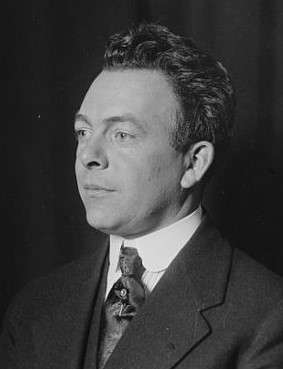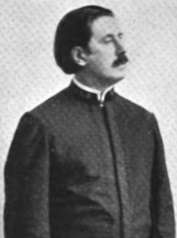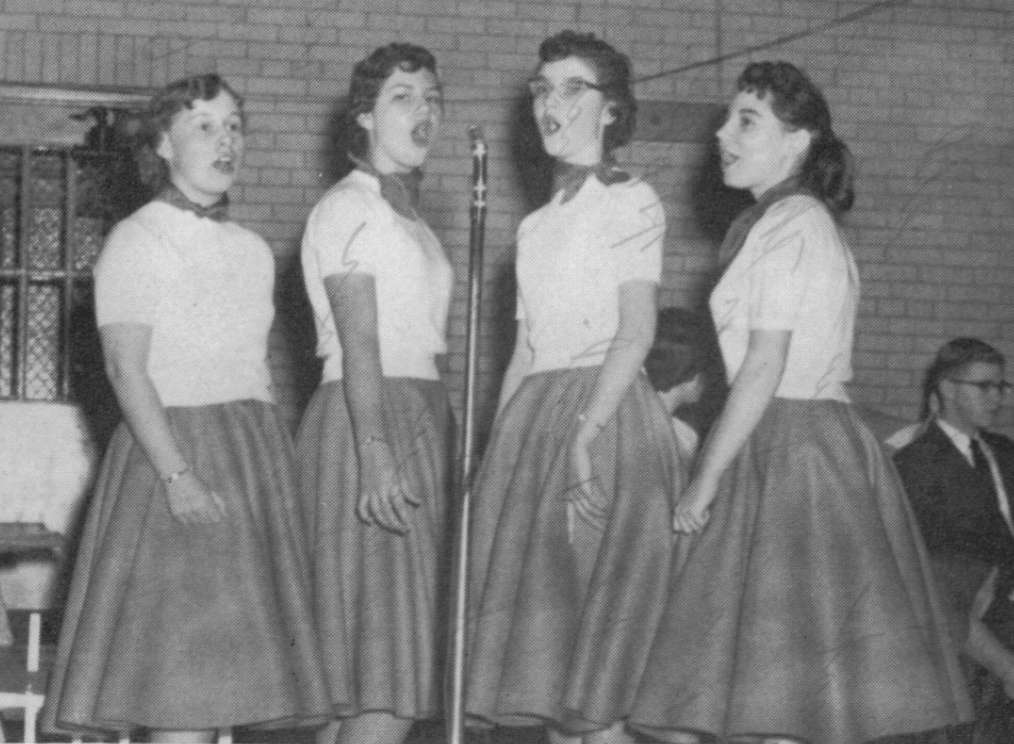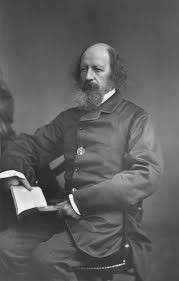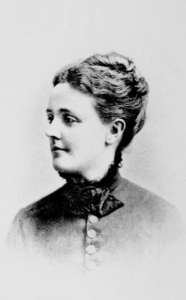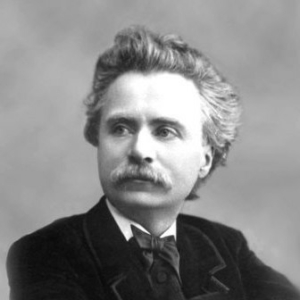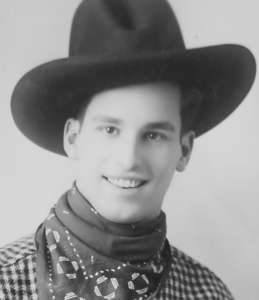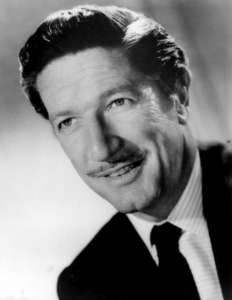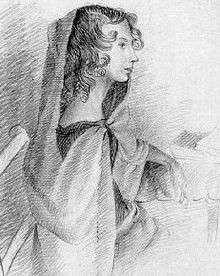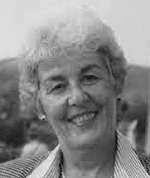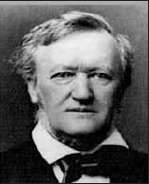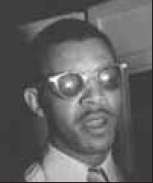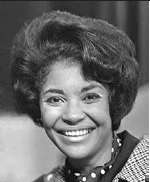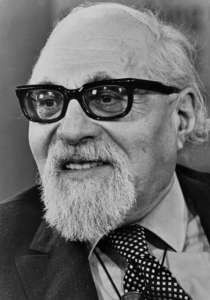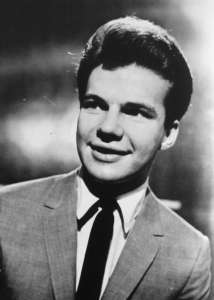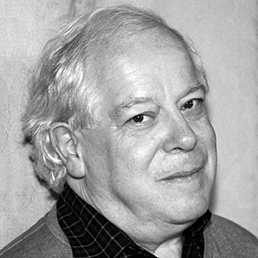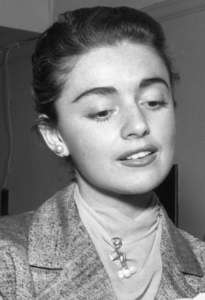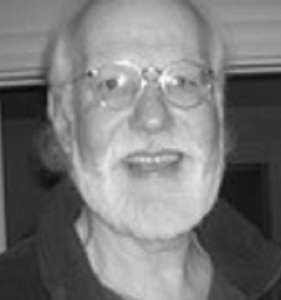REVIEW POTPOURRI: Streisand’s “Highlights”; Tenor: Charles Harrison; & Creatore’s Band
 by Peter Cates
by Peter Cates
Highlights
Highlights (Columbia CT 52849) is a 1992 cassette of 24 selections from the massive 1991 four CD set, Just for the Record, of almost 40 years of Barbra Streisand’s singing with a few vocals from composers Harold Arlen, Richard Rodgers, and Michel Legrand, and singers Judy Garland, Neil Diamond and Ray Charles.
Streisand has consistently given magnificent performances of so many Great American Songbook classics and contemporary selections.
Here is You’ll Never Know via both a 1955 recording when she was 13 at the beginning of side 1 and a duet from 1987 at the end of side 2 with herself in 1955. Other classics include Cry Me a River, Get Happy, Happy Days are Here Again, People, Nobody Knows You When You’re Down and Out, Come Rain and Come Shine, etc.
It is a very good musical textbook for young voice students on what to choose for material and how to develop their technique.
Charles Harrison
Tenor Charles Harrison (1878-1965) recorded many shellacs for various labels including Columbia, Edison, Victor, Vocalion, etc., and did many of the classic pop standards of the day – I’m Always Chasing Rainbows, Peggy O’ My Heart, Avalon as well as sacred and opera selections.
A 12-inch acoustic shellac record (Columbia A5348), from November 4, 1911, featured him performing an aria Lend Me Your Aid, from Charles Gounod’s opera The Queen of Sheba.
Harrison didn’t have what one might call a beautiful voice, like Caruso, Mario Lanza and Luciano Pavarotti, etc., but he did sing with intelligence, conviction and a naturalness of phrasing that was very enjoyable.
Charles Gounod (1818-1893) wrote one masterpiece, Faust, among his dozen operas, the others being for me uneven in quality but having some charming arias.
The Queen of Sheba (La Reine de Saba) was premiered in a magnificently opulent production at the Paris Opera in 1862 but rarely performed since then; the first recording of the complete opera was a live Italian production in 2001 while the U.S. premiere occurred in 2018 via a concert presentation in Boston by Odyssey Opera.
Creatore’s Band
Columbia A5364 is another 12 inch shellac with Creatore’s Band giving very expressive performances of Handel’s Hallelujah Chorus from the Messiah and the hymn Nearer My God to Thee. The two sides were recorded in 1908, originally released as one-sided discs and, around 1918, as the two-sided record.
The leader Giuseppe Creatore (1871-1952) organized the Band in the early 1900s after moving to the United States from Italy. Due to his musical gifts and flamboyant personality, he and the Band experienced incredible success and got $5,000 for each concert.
A son Luigi Creatore (1921-2015) partnered with Hugo Peretti as Hugo and Luigi and they did numerous arrangements during the ‘50s and ‘60s for pop artists, including Peter Nero and Perry Como, at Roulette and RCA Victor.
All of the above recordings can be heard on the Internet.



